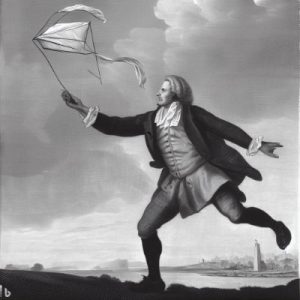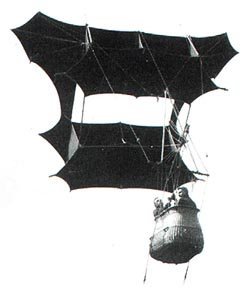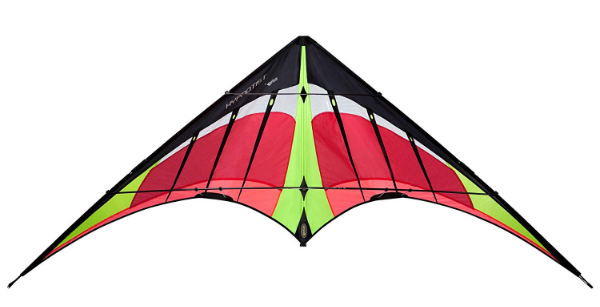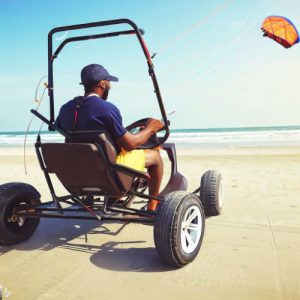
Kites have been captivating people’s imaginations for thousands of years. From their mysterious origins to their various cultural significances, kites have played a significant role in human history. In this article, we will embark on a journey through time to explore the fascinating history of kites. We will delve into their early beginnings, their spread across different continents, and their evolution into the kites we know today. So, fasten your seatbelts and get ready to soar through the skies of history!
Ancient Beginnings
China: The Birthplace of Kites
The exact origins of kites are shrouded in mystery, but China is widely regarded as their birthplace. The earliest written account of kite flying dates back to 200 BC in China, during the Han Dynasty. General Han Hsin flew a kite over the walls of a city he was attacking to determine the distance his army would have to tunnel to breach the defenses. This ingenious use of kites for military purposes showcases their early significance.

However, the history of kites in China goes back even further. According to legend, the first kite was created by a Chinese farmer who tied a string to his hat to prevent it from blowing away in a strong wind. This simple act gave birth to the concept of kite flying. Another fascinating story involves the Chinese philosopher Mozi, who crafted a wooden bird attached to a string around 450 BC. While debated as to whether it can be considered a kite, it represents an early example of human fascination with flight.
Kites in Asia and Beyond
As kites gained popularity in China, they gradually spread across Asia and beyond, carried by traders and travelers. Korea, India, Japan, and other Asian countries developed their distinctive styles of kites and found cultural purposes for flying them.
In Korea, during the Silla Dynasty around the 6th century, General Gim Yu-sin used a large kite to rally his troops during a revolt. By lifting a fireball into the sky using the kite, he convinced his soldiers that the bad omen they witnessed was dispelled, leading to victory.
Japanese kite-flying traditions date back to the 7th century when Buddhist monks introduced kites to ward off evil spirits and ensure prosperous harvests. The Japanese even have a fascinating tale of a thief using a kite to reach the top of Nagoya Castle to steal a golden statue. While his attempt was unsuccessful, it demonstrates the creative and daring use of kites during that time.
The influence of kites extended beyond Asia. Marco Polo, the famous Italian merchant and explorer, brought stories of kites to Europe in the 13th century. Sailors returning from Japan and Malaysia in the 16th and 17th centuries also brought kites, which were regarded as curiosities at first and had little impact on European culture.
Kites as Tools and Instruments
Kites in Science and Exploration
During the 18th and 19th centuries, kites took on new roles as vehicles and tools for scientific research. Visionary individuals like Benjamin Franklin, Alexander Wilson, and Sir George Cayley recognized the potential of kites in studying wind patterns and weather conditions.

Benjamin Franklin famously conducted experiments with kites to study lightning and electricity. By flying kites with metal tips during storms, he was able to confirm his theory that lightning was a form of electrical discharge.
Samuel Langley, Lawrence Hargrave, and Alexander Graham Bell were among the scientists and inventors who used kites to advance the field of aviation. Their experiments with kites laid the foundation for the development of airplanes.
Kites in Military Applications
Kites have also played a significant role in military history. During World War I, armies such as the British, French, Italian, and Russian utilized kites for enemy observation and signaling. These kites provided valuable reconnaissance information, although the introduction of airplanes rendered them obsolete.

The German Navy, however, continued to utilize man-lifting box kites during World War I to extend the viewing range of submarines cruising on the surface. These kites allowed naval forces to spot potential threats from a greater distance.
In World War II, the United States Navy found various uses for kites. The Barrage Kite, invented by Harry Saul, prevented airplanes from flying too low over targets. The Gibson-Girl Box kite was raised by pilots lost at sea to increase their visibility and aid in rescue operations. Additionally, the Target Kite, developed by Paul Garber, was used for target practice and aircraft recognition at sea.
The Modern Era of Kite Flying
As the airplane became firmly established, kites began to be used less for military purposes and scientific research and more for recreational flying. The last 50 years have witnessed a renewed interest in kiting, with advancements in materials and designs revolutionizing the sport.
In 1972, Peter Powell introduced a toy dual-line stunter, which popularized kite flying as a recreational activity. Enthusiasts began experimenting with new designs, aiming for precise maneuvers, increased speed, and intricate tricks.

Modern kite flying has a wide variety of kites available for use. Some of the popular types of kites used in sport and acrobatic models include:
- Dual-line Kites: Dual-line kites are the most popular type of kite used in modern kite flying. These kites have two lines that control the kite’s movement and allow for intricate maneuvers in the air. Some popular dual-line kites include the Prism Quantum, the Revolution, and the Premier Widowmaker.
- Quad-line Kites: Quad-line kites have four lines that control the kite’s movement. These kites are designed for advanced fliers and allow for even more precise movements and tricks in the air. Some popular quad-line kites include the Revolution 1.5, the Freilein Vertigo, and the Prism Tensor.
- Single-line Kites: Single-line kites are the most traditional type of kite used in kite flying. These kites are designed for easy flying and are perfect for beginners. Some popular single-line kites include the diamond kite, the delta kite, and the box kite.
Construction Materials
Kites are made from a variety of materials, including fabric, carbon fiber, and fiberglass. The type of material used in a kite can determine its strength, durability, and flight capabilities.
- Ripstop Nylon: This is the most common fabric used in kite making. Ripstop nylon is lightweight, durable, and can withstand a lot of wear and tear.
- Carbon Fiber: Carbon fiber is a lightweight and strong material that is used in high-end kites. This material is perfect for advanced fliers who want to perform stunts and tricks in the air.
- Fiberglass: Fiberglass is a flexible and durable material that is used in the construction of kite frames. This material is perfect for beginners who want to learn how to fly kites.
Competitions
There are many different kite flying competitions held all over the world. Some of the most popular competitions include:
- Sport Kite Competitions: These competitions are designed for fliers who want to showcase their skills and perform intricate maneuvers in the air. Sport kite competitions are judged based on the complexity, precision, and creativity of the flier’s routine.
- Kite Aerial Photography Competitions: These competitions are designed for fliers who want to take aerial photographs using kites. The fliers must design and build a kite that can carry a camera and take high-quality photographs.
- Kite Fighting Competitions: Kite fighting competitions are held in many countries around the world. In these competitions, fliers attempt to knock each other’s kites out of the sky using their own kites.
Important People in Modern Kite Flying
There have been many important people in the world of modern kite flying. Some of the most notable individuals include:
- Ray Merry: Ray Merry is known as the father of modern sport kite flying. He designed and built the first dual-line kite in the 1970s, which revolutionized the sport.
- Ben D’Antonio: Ben D’Antonio is a world-renowned kite designer and builder. He has won numerous awards for his kite designs and has helped to advance the sport of kite flying.
- Dodd Gross: Dodd Gross is a professional kite flier and kite designer. He has won multiple world championships in sport kite flying and has helped to push the boundaries of what is possible in the sport.
Kites in Extreme Sports

The popularity of kite traction has also grown in recent years. Kite buggying, where a kite pulls a three-wheeled buggy across the ground, has become a thrilling extreme sport. Kite traction on water, known as kiteboarding or kitesurfing, has gained a devoted following as well. Adventurous individuals have even used kites to pull sleds to the North Pole, showcasing the versatility and power of these flying wonders.
Conclusion
The history of kites is a testament to humanity’s enduring fascination with flight and our ingenuity in harnessing the power of the wind. From their ancient origins in China to their spread across Asia and beyond, kites have played diverse roles in different cultures and time periods. Whether as tools for scientific research, military instruments, or recreational toys, kites continue to captivate people of all ages. So, the next time you see a colorful kite soaring in the sky, remember the rich history that brought it there, and perhaps take a moment to appreciate the wonder and joy it brings to our lives.

